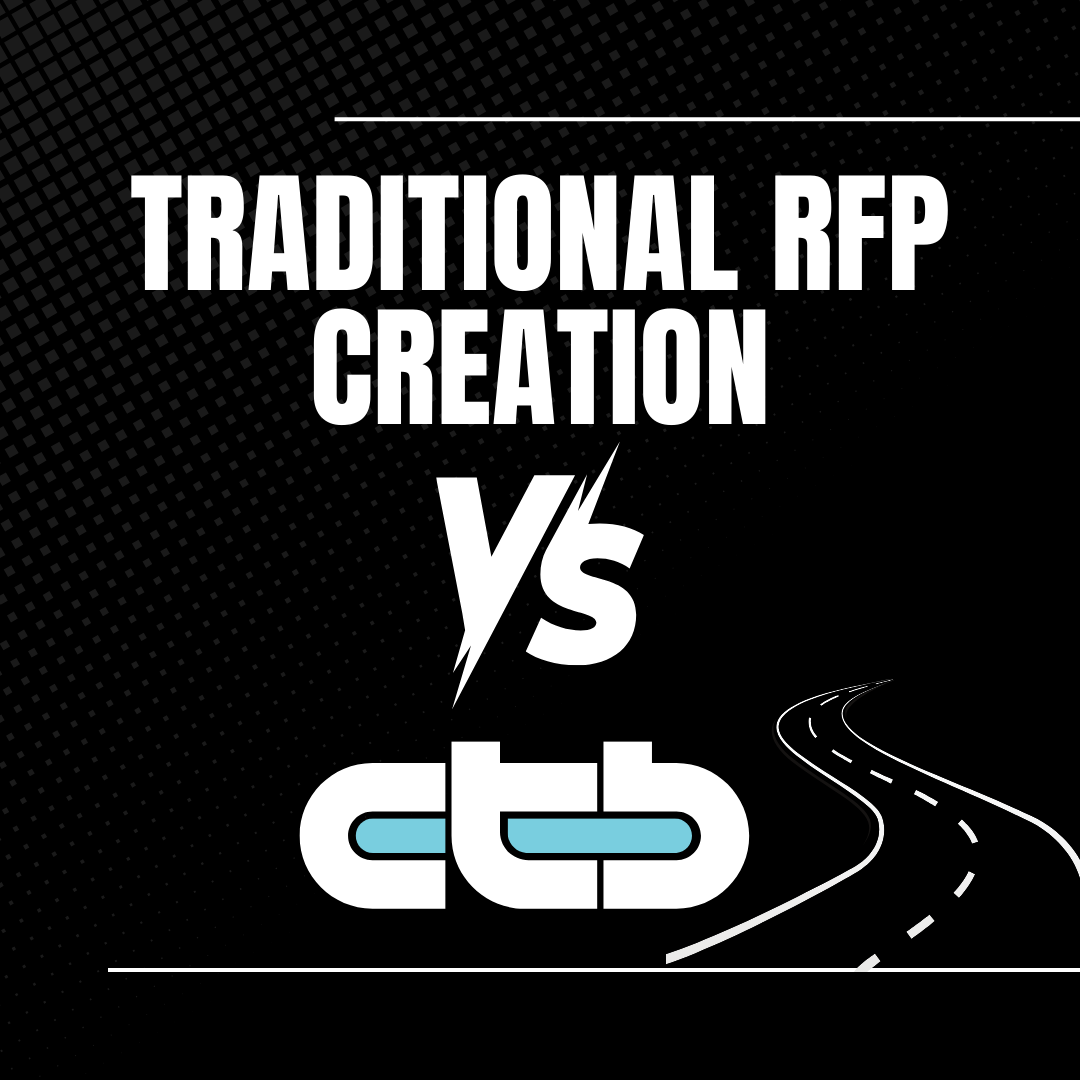The process of creating and managing Requests for Proposals (RFPs) for clinical trials is known to be a time-consuming and complex endeavor for sponsors and Contract Research Organizations (CROs) alike.
However, the emergence of innovative platforms such as Clinical Trial Bid (CTB) is transforming this process, offering a more efficient, cost-effective, and collaborative approach. Let’s compare the traditional RFP creation process with the CTB way.
Traditional RFP Creation: Challenges and Limitations
In the traditional RFP creation process, sponsors often face several challenges:
- Manual drafting of RFPs, which can be time-consuming and prone to errors or omissions.
- Limited visibility, as RFPs are typically sent to a small pool of known CROs, potentially missing out on more suitable partners.
- Inconsistent proposal formats from CROs, making comparisons difficult.
- Scattered communication channels, leading to delays and misunderstandings.
- Lengthy and complex NDA negotiations, slowing down the contracting process.
These challenges can result in prolonged timelines, increased costs, and suboptimal partnerships between sponsors and CROs.
The CTB Way: Streamlining and Optimizing RFP Creation
The Clinical Trial Bid (CTB) addresses these challenges by offering a streamlined, technology-driven approach to RFP creation and management:
- Automated RFP Creation: CTB provides AI-enhanced tools to help sponsors create comprehensive and accurate RFPs quickly and easily.
- Broad Visibility: Publishing an RFP on CTB grants access to a diverse pool of pre-vetted CROs and service providers, increasing the chances of finding the ideal partner.
- Uniform Proposal Format: CTB standardizes the proposal format, making it easier for sponsors to compare and evaluate bids from different CROs.
- Centralized Communication: In-app messaging and notifications enable clear and efficient communication between sponsors and CROs, reducing delays and misunderstandings. All communication and actions are logged for future reference.
- Automated NDA Process: CTB enables in-app NDA negotiations, expediting the confidentiality process.
By leveraging these features, sponsors can significantly reduce the time and cost associated with RFP creation and CRO selection.
CTB platform enables sponsors to quickly review, compare, and select the best suited CROs for their trials, which leads to faster trial initiation and more successful partnerships.
The Benefits of the CTB Approach
Adopting the CTB way of RFP creation offers numerous benefits for sponsors and CROs:
- Time and Cost Efficiency: Streamlined processes, automation, and centralized communication can reduce the duration and expense of clinical trial setup by up to 80%.
- Enhanced Collaboration: CTB fosters transparency, direct communication, and mutual understanding between sponsors and CROs, leading to more effective and harmonious partnerships.
- Improved Trial Outcomes: By facilitating the selection of the most suitable CROs and promoting collaborative relationships, CTB contributes to more efficient and successful clinical trials.
Conclusion
The traditional RFP creation process for clinical trials is often burdened by manual efforts, limited visibility, inconsistent formats, and complex negotiations.
In contrast, the CTB way, approach using automation, standardization, and centralized communication to streamline and transform the entire process.
In contrast, the CTB offers a modern approach optimized through automation, standardization, and centralized communication, which significantly enhances and transforms the entire process.
By adopting platforms like CTB, sponsors and CROs can save time, reduce costs, enhance collaboration, and ultimately drive more successful clinical trial outcomes.
As the industry continues to evolve, embracing innovative solutions like CTB will be crucial for staying competitive and delivering life-changing therapies to patients more efficiently.

